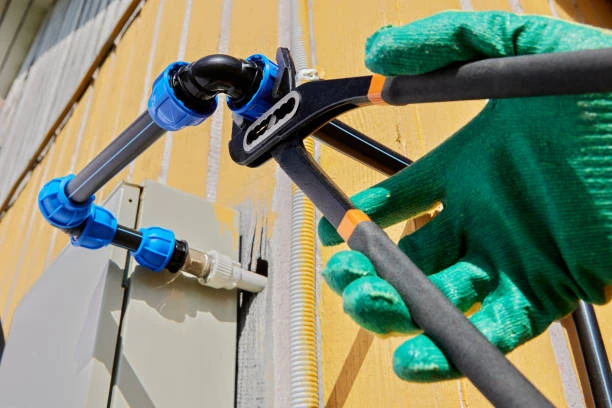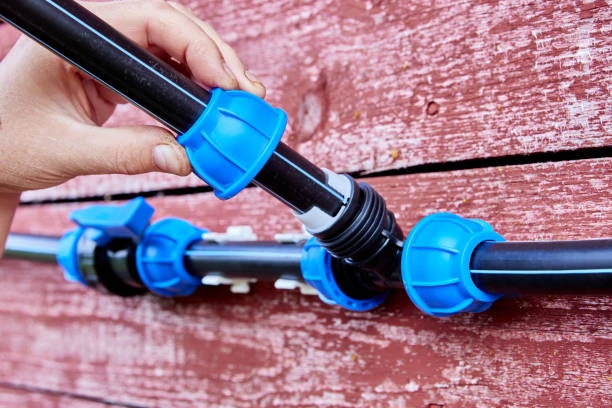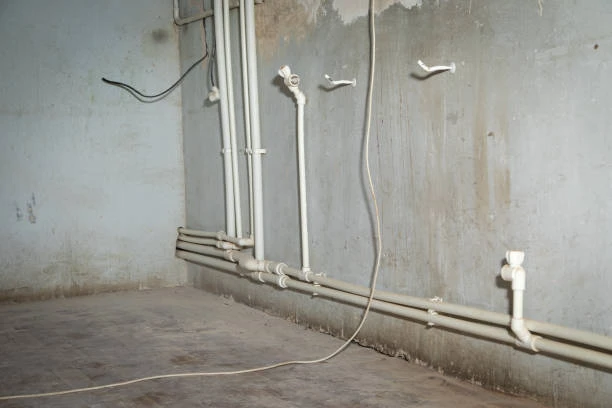When it comes to ensuring safe drinking water, the materials used in piping systems play a critical role. HDPE pipes and fittings have gained popularity for their durability and flexibility, but what are their health effects, especially in potable water applications? This article explores the implications of using HDPE pipes and fittings in drinking water systems, addressing safety, regulations, and potential health concerns.
What Are HDPE Pipes and Fittings?
HDPE pipes and fittings are made from high-density polyethylene, a thermoplastic polymer known for its robustness and versatility. These materials are widely used in various applications, including:
- Water Supply: Ideal for transporting potable water due to their resistance to corrosion and scaling.
- Sewage Systems: Used in wastewater management because of their durability and flexibility.
- Irrigation Systems: Commonly employed in agriculture for efficient water distribution.
Why Use HDPE for Potable Water?
1. Chemical Resistance
HDPE pipes and fittings are highly resistant to a wide range of chemicals, making them less likely to leach harmful substances into drinking water. This property ensures that the water remains uncontaminated during transportation.
2. Low Permeability
The low permeability of HDPE helps prevent the migration of contaminants from the surrounding soil into the water supply, maintaining the integrity of potable water.
3. Durability and Longevity
HDPE pipes can last for decades without significant deterioration. This longevity means fewer replacements, reducing the risk of introducing contaminants during installation.
Health and Safety Considerations
While HDPE pipes and fittings are generally considered safe for potable water applications, several factors should be taken into account:
1. Regulatory Standards
HDPE pipes and fittings used in potable water systems must comply with strict regulations and standards set by organizations like the National Sanitation Foundation (NSF) and the American National Standards Institute (ANSI). These certifications ensure that the materials are safe for drinking water.
2. Potential for Chemical Leaching
Although HDPE is resistant to many chemicals, there can still be concerns about leaching under certain conditions. For instance, exposure to extreme temperatures or certain chemical environments may affect the integrity of the pipes. Regular monitoring and testing of water quality can help mitigate these risks.
3. Impact of Manufacturing Process
The manufacturing process can influence the safety of HDPE pipes and fittings. It’s essential to choose products from reputable manufacturers who adhere to best practices in production. Poor quality control can lead to the introduction of contaminants during the manufacturing process.
Environmental and Health Benefits of HDPE Pipes
1. Sustainability
HDPE is a recyclable material, contributing to environmental sustainability. Choosing HDPE pipes for potable water helps reduce waste and promotes the use of environmentally friendly products.
2. Reduced Health Risks
By preventing chemical leaching and ensuring clean water transport, HDPE pipes contribute to reducing health risks associated with contaminated drinking water.
3. Flexibility in Installation
HDPE pipes are flexible and lightweight, making installation easier and less invasive. This flexibility reduces the risk of damage to the surrounding environment, which could potentially lead to contamination.

Best Practices for Using HDPE Pipes in Potable Water Applications
1. Regular Maintenance and Inspection
To ensure the continued safety and integrity of HDPE piping systems, regular maintenance and inspections are vital. This practice helps identify any potential issues early on.
2. Water Quality Testing
Conducting routine water quality testing can help detect any contaminants that may have entered the system. Testing for common contaminants, including heavy metals and bacteria, is crucial for ensuring safety.
3. Proper Installation
Ensuring that HDPE pipes and fittings are installed correctly is essential for maintaining their performance and safety. Employing skilled professionals for installation can minimize risks associated with improper handling.
Conclusion
HDPE pipes and fittings offer significant benefits for potable water applications, primarily due to their durability, chemical resistance, and low permeability. While they are generally considered safe, it’s essential to adhere to regulatory standards, conduct regular inspections, and ensure proper installation to mitigate any potential health risks. By making informed choices, we can ensure that our drinking water remains safe and clean.
FAQs
1. Are HDPE pipes safe for drinking water?
Yes, HDPE pipes are generally safe for drinking water applications when they meet regulatory standards and are installed properly.
2. What certifications should I look for in HDPE pipes?
Look for NSF/ANSI 61 certification, which indicates that the pipes are safe for potable water use.
3. Can HDPE pipes leach chemicals into drinking water?
While HDPE is resistant to many chemicals, improper installation or extreme conditions may lead to leaching. Regular testing can help identify any issues.
4. How long do HDPE pipes last?
HDPE pipes can last for decades, often exceeding 50 years with proper maintenance.
5. What should I do if I suspect contamination in my water supply?
If you suspect contamination, conduct water quality testing immediately and consult with local health authorities for guidance.
Feel free to reach out if you have more questions or need further information!


















